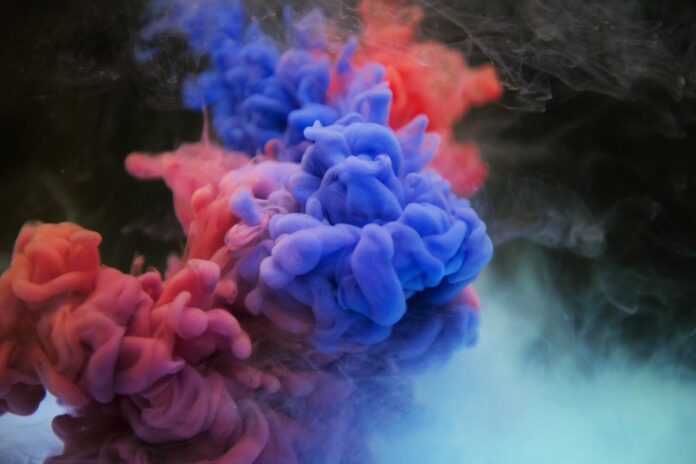Color Inversion (Image Negative) is the method of inverting pixel values of an image. Image inversion does not depend on the color mode of the image, i.e. inversion works on channel level. When inversion is used on a multi color image (RGB, CMYK etc) then each channel is treated separately, and the final result if formed by calibrating the results of all the channels.
We would be using pillow (PIL) library for obtaining negative of an image. To install the library, execute the following command in the command-line:-
pip install pillow
Note: Several Linux distributions tend to have Python and PIL preinstalled into them.
In this article, 2 methods have been described for inverting color space of an image. The first one is an inbuilt method using ImageChops.invert() function. In the second one we would be inverting the image by elementwise subtraction of pixel values.
Sample Image –
Method #1:
Using inbuilt method ImageChops.invert() for Negating color.
Python3
# Importing imagechops for using the invert() methodfrom PIL import Image, ImageChops# Opening the test image, and saving it's objectimg = Image.open('test.jpg')# Passing the image object to invert() inv_img = ImageChops.invert(img)# Displaying the output imageinv_img.show() |
Output:
Explanation:
Firstly we import the ImageChops module for using invert() method. Then we open the test image (test.jpg), and save it’s image object. Now we passed that image object to ImageDraw.invert() which returns the inverted image. At last, we displayed the color inverted image.
Things to keep in mind while using ImageChops.invert():
- The input Image should not contain a Alpha channel
- The input image should not be of P (Paletted) color mode.
Method #2:
The method used for getting the inverse of an image is subtraction of the maximum value/intensity of a pixel by the value of current pixel. The resultant value is guided by the formula –
Where INV is the resultant inverted pixel, I^MAX is the maximum intensity level in a given color mode and I(x, y) is the intensity (pixel value) of image/color channel at a particular pair of coordinates.
Python3
from PIL import Image# numpy for performing batch processing and elementwise# matrix operations efficientlyimport numpy as np# Opening an image, and saving open image objectimg = Image.open(r"sample.jpg")# Creating an numpy array out of the image objectimg_arry = np.array(img)# Maximum intensity value of the color modeI_max = 255# Subtracting 255 (max value possible in a given image # channel) from each pixel values and storing the resultimg_arry = I_max - img_arry# Creating an image object from the resultant numpy arrayinverted_img = Image.fromarray(img_arry)# Saving the image under the name Image_negative.jpginverted_img.save(r"Image_negative.jpg") |
Output:
Explanation:
Firstly we import numpy into our code, as numpy allows fast elementwise operations on matrices and offers several arithmetic operations on arrays. Then we open the test image using Image.open(), and store the returned image object in the variable img. Then we create an array (img_arry) from the pixel values obtained from the opened image object (img). This is done so as to allow elementwise subtraction operation offered by the numpy library. Now we subtract 255 from each channel/pixel value, this results in all the pixel values being inverted. Now, we use this resultant matrix to create an new image (inverted_img). Finally we saved the image, under the name of Image_negative.jpg.
Some things to keep in mind –
- It should be ensured that the input image does not contain an alpha channel. This is because when the line img_arry = 255 – img_arry will execute for an image containing alpha channel, it would invert the alpha channel values as well. This would lead to inconsistency in the output image, as we may end up with completely transparent images (which is not a part of color inversion). One way to allow processing RGBA images is firstly converting them to RGB color mode using Image.convert(‘RGB’). Alternatively, we could extract the alpha channel using Image.getdata(band=3) and then later combine it to the final image to get back the original RGBA image.
This input image sample.jpg is chosen intentionally of the format .jpg as a JPG/JPEG image format doesn’t support transparency or alpha channels.
- Input image should not be of P (paletted) mode. As a paletted image does not contain pixel values at coordinates, but rather index to pixel values belonging to a color map (of varying sizes). Therefore, image inversion would lead to inconsistent results.
- The value I_max = 255 is assigned assuming that the maximum intensity achievable in the specific image mode is 255. The value isn’t hardcoded. The value depends on the color mode, and therefore could be less then 255 (ex. 1 in bilevel image) or greater than 255 (ex. 32536 in 16 Bit Unsigned Grayscale mode).


